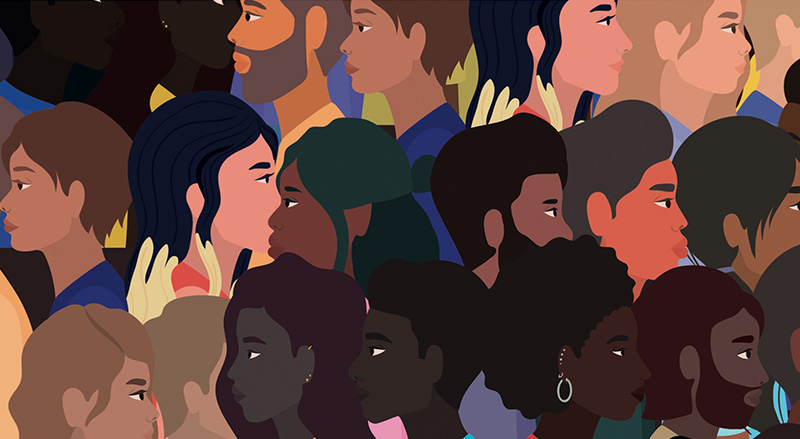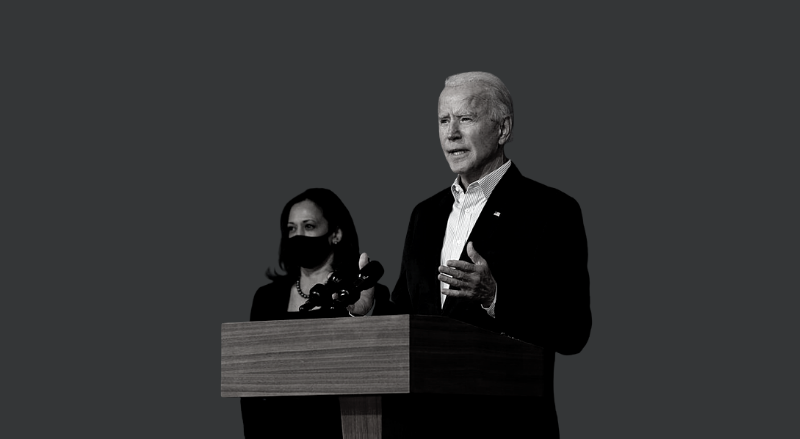Women who are LGBTQ have the same concerns as other women. They worry about finding and keeping good jobs, saving for the future, taking care of their children and families, and making ends meet. But America’s 5.1 million LGBTQ women face added challenges and worries not just because of their gender, but also because of who they are and whom they love. LGBTQ women of color, transgender women, bisexual women, and LGBTQ mothers face particular challenges.
This page contains resources addressing these specific disparities facing LGBTQ women, including an overview of LGBTQ girls in the juvenile justice system and a report highlighting the economic challenges for LGBTQ women.





